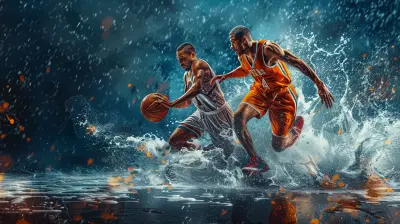The Power of Storytelling in Sports Broadcasting
16 August 2025
Let’s face it. Sports aren’t just about who wins or loses. They’re about the moments that make our jaws drop, our hearts race, and sometimes, our eyes tear up. That’s the magic of sports. But behind every unforgettable game or buzzer-beater lies something even more powerful—storytelling.
Storytelling in sports broadcasting isn’t just fluff—it’s the emotional glue that connects viewers to the action. It’s the reason you cheer for the underdog, root for the comeback king, or feel a pang of heartbreak when an athlete falls short. In today’s world, where attention spans are short and content is everywhere, storytelling is what keeps sports fans coming back for more.
So, what makes storytelling so special in sports broadcasting? Why does it work so well? Sit back, grab your favorite team jersey, and let’s dig into why storytelling packs such a punch on the sports stage.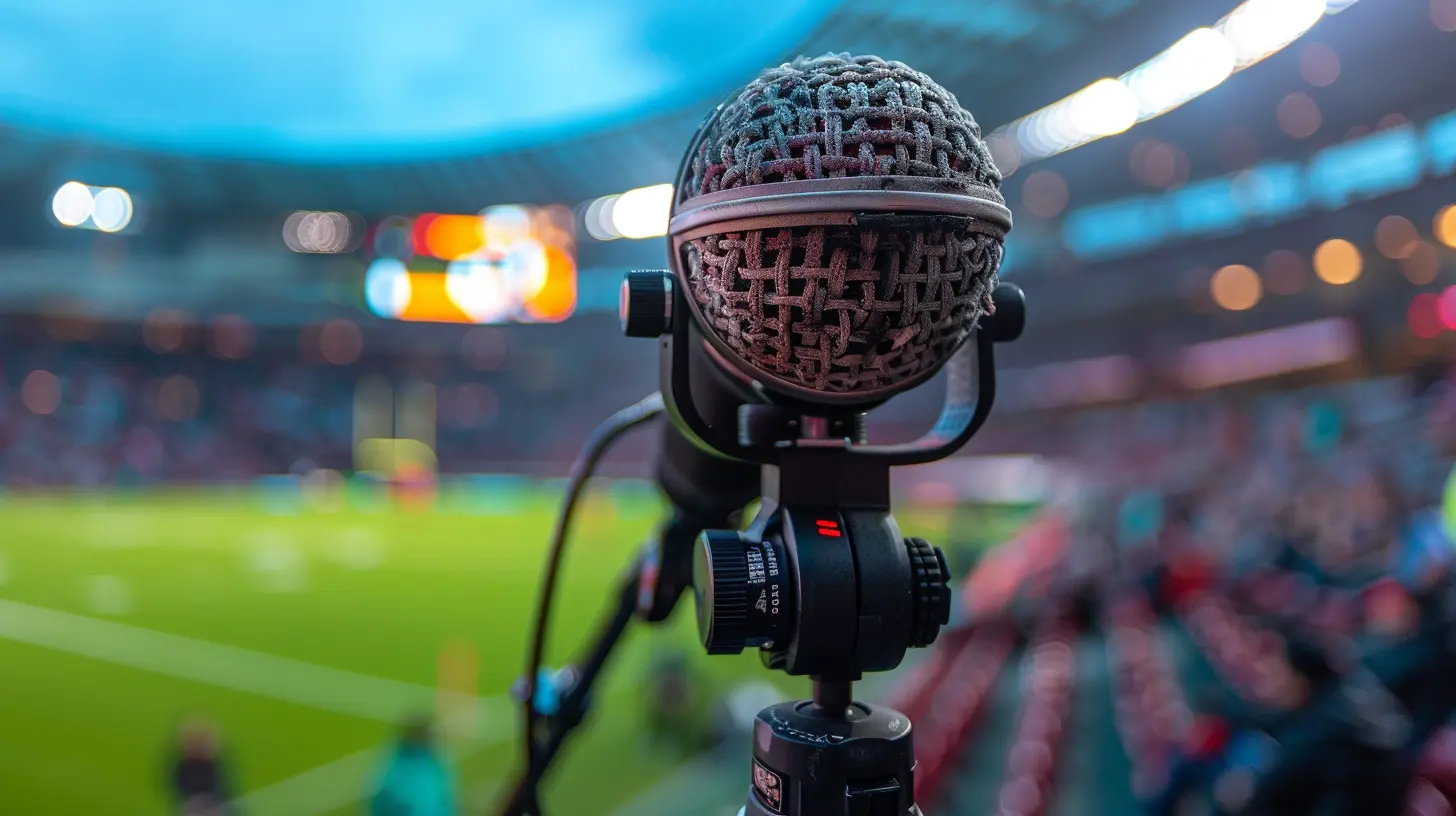
What is Storytelling in Sports Broadcasting?
Before we dive into why it’s so powerful, let’s get clear on what we’re talking about.Storytelling in sports broadcasting is the art of weaving narratives around athletes, teams, and games. It’s about turning stats into stories, and plays into plotlines. Broadcasters, commentators, and production crews work together to highlight not just what’s happening on the field—but why it matters.
Think about it: when a rookie steps up in the final seconds, it’s not just about the shot—they’ll tell you about his journey through the minor leagues, or how he overcame injury to be there. That backstory? That’s storytelling. And it makes all the difference.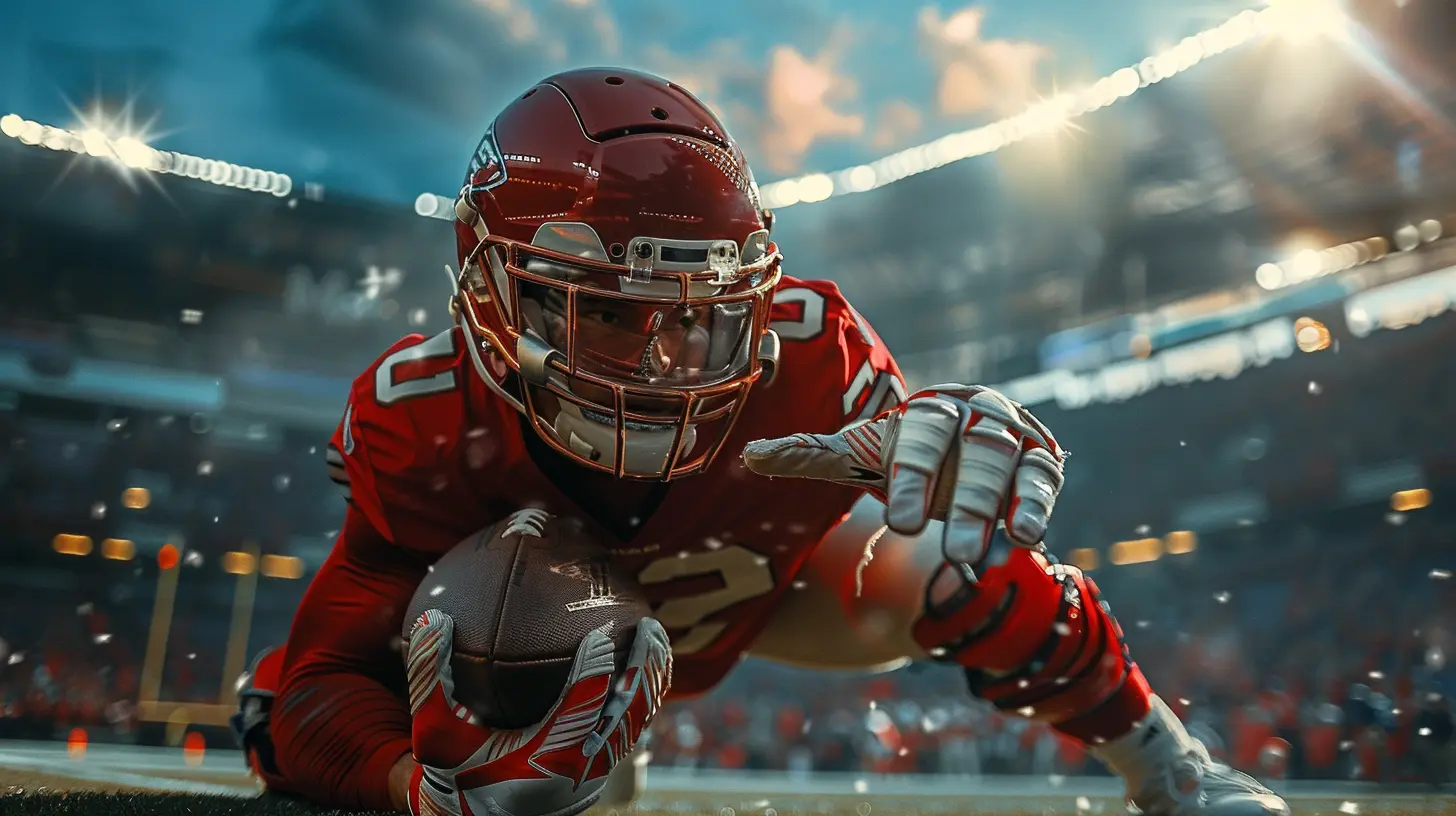
Why Storytelling Matters More Than Ever
1. It Builds Emotional Connections
We’re all wired for stories. It's human nature. Since caveman times, stories were how we passed on wisdom, culture, and emotion. Sports storytelling taps into that same instinct.When a broadcaster shares a story about a player’s childhood struggle, sudden rise to fame, or personal tragedy, it pulls us in. We start to care—not just about the score—but about the people behind the jerseys. That emotional connection is what makes us shout at our TVs, cry tears of joy, or feel heartbreak after a loss.
2. It Turns Games Into Theater
A sports game isn’t just a competition—it’s a stage. Each match unfolds like a drama. There’s conflict, stakes, heroes, and villains.Storytelling gives us context. Why is this game so important? What’s the rivalry really about? Is a legend retiring, or is a young gun trying to prove himself? These details elevate the experience. Suddenly, it's not just another game—it’s a chapter in a much bigger saga.
3. It Engages Casual Viewers
You know those people who don’t usually watch sports, but suddenly get hooked during the playoffs or Olympics? Thank storytelling for that.People may not know all the rules, but they understand a good story. When broadcasters highlight personal challenges, family support, or redemption arcs, even casual viewers get invested. It turns "just a game" into must-watch TV.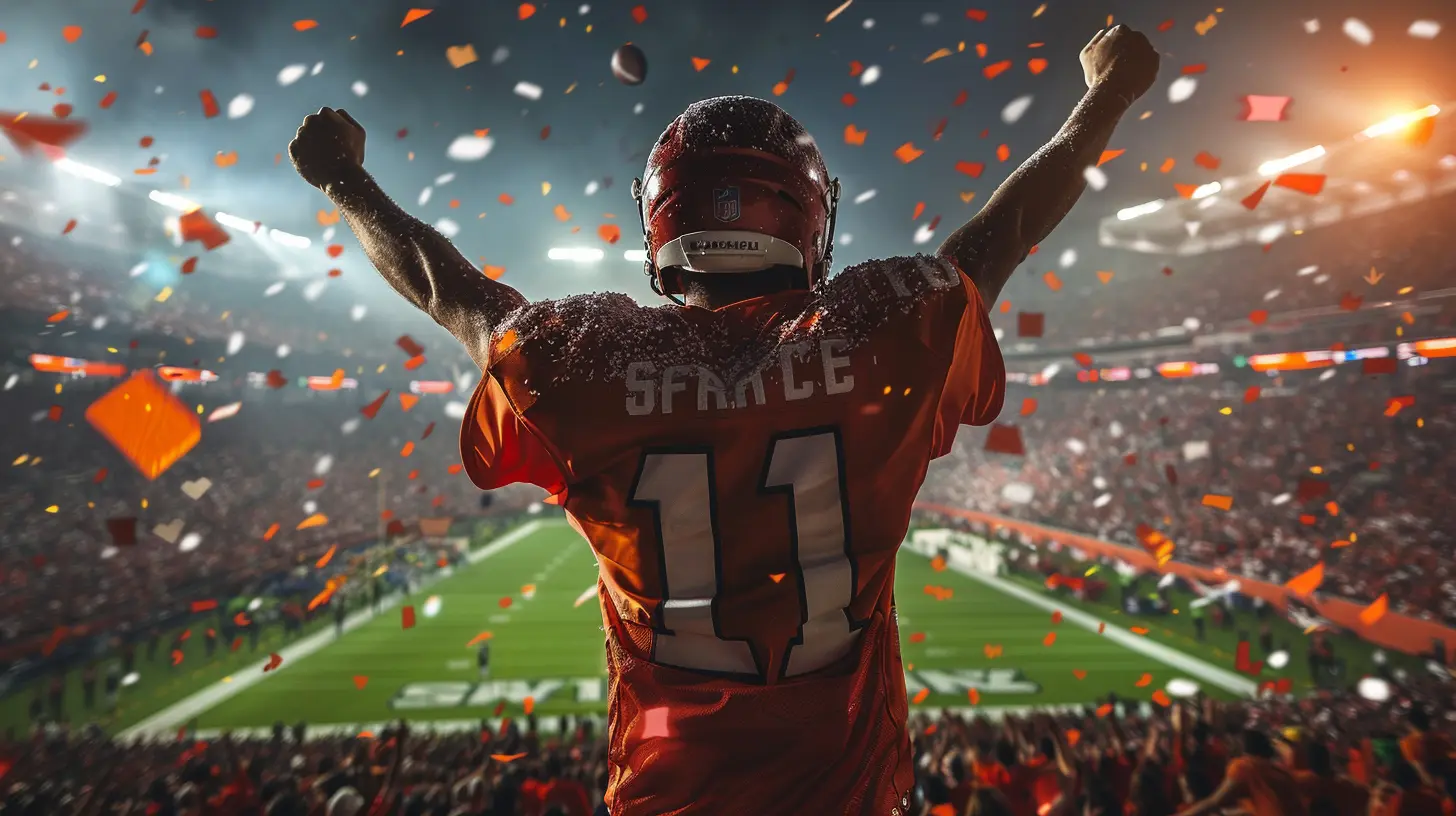
The Broadcaster’s Role in Crafting Stories
Let’s give some love to the real MVPs of sports storytelling—the broadcasters. These folks do more than just call the game. They set the scene, provide context, and bring stories to life.The Play-by-Play Narrator
This is the person giving the blow-by-blow. Their job is to keep the action moving, but a great one will also drop just the right details when needed. Whether it's “He’s playing with a broken rib” or “She just returned after beating cancer,” those lines add weight to the moment.The Color Commentator
Usually a former athlete, they give insight and personal perspective. They often know the behind-the-scenes scoop—the locker room vibes, the mental pressure, the sacrifices. Their anecdotes add heart and humor, fleshing out the story beyond the stats.The Sideline Reporter
These unsung heroes catch what the camera can’t. They bring in real-time emotion—whether it’s a parent’s tearful reaction, a coach’s frustration, or an injured player’s determination to return. Their eyes and ears on the ground provide the human element.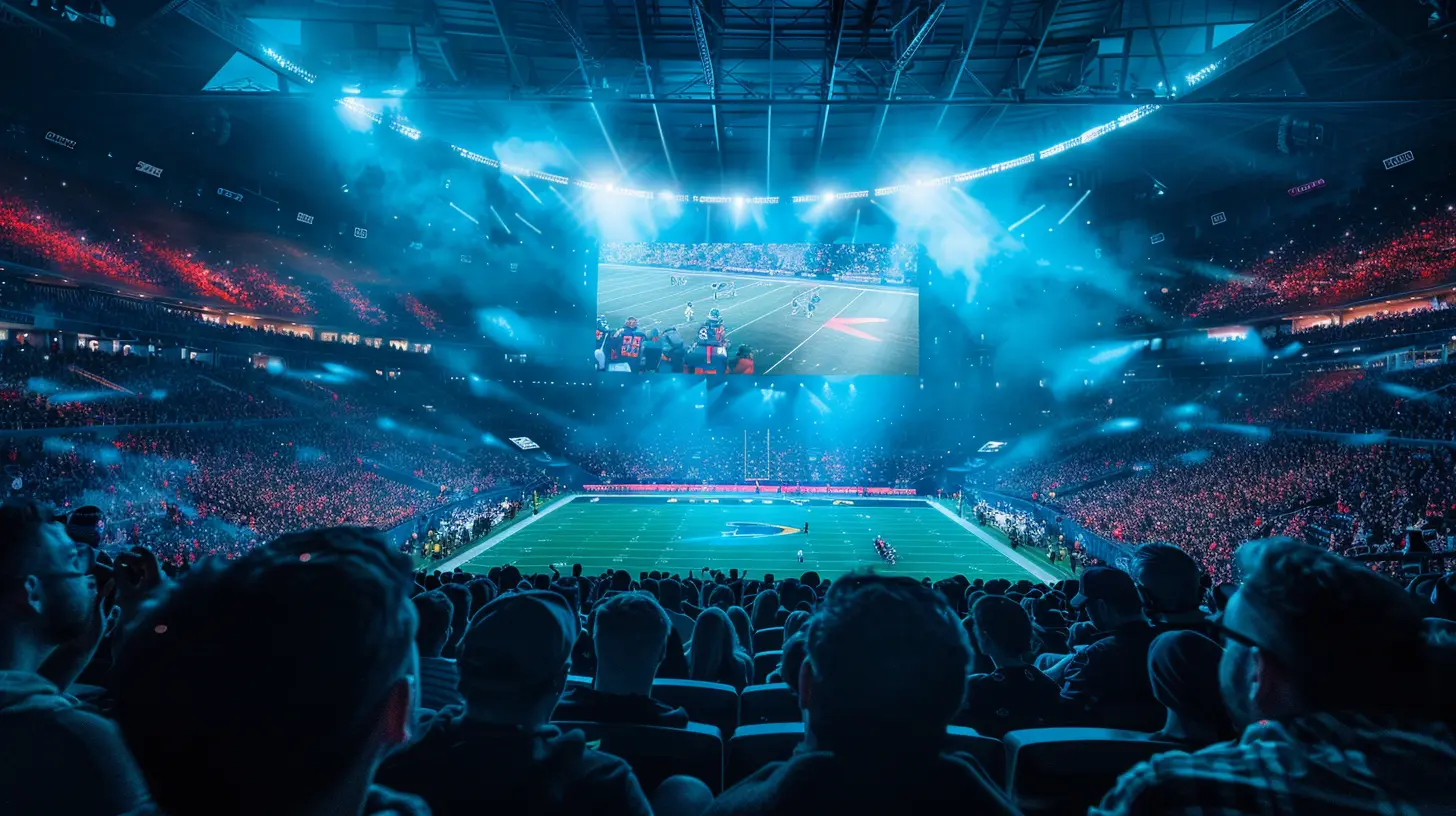
Real-Life Examples of Powerful Storytelling in Sports
Michael Jordan’s “Flu Game”
Game 5 of the 1997 NBA Finals. Jordan looked exhausted, sweating bullets, barely standing. But he kept playing—and scored 38 points. Later, we learned he was battling flu-like symptoms. That detail transformed a great performance into a legendary one. It wasn't just about the points—it was about heart and grit.Derek Redmond in the 1992 Olympics
Sprinter Derek Redmond tore his hamstring mid-race. But instead of giving up, he hobbled toward the finish line—tears streaming down his face. Then his father ran onto the track to help him finish. Every broadcaster covering that moment didn’t just report the result—they told the story. That emotional moment outshined any medal that day.The Miracle on Ice
1980 Winter Olympics. A bunch of young American amateurs beat the unbeatable Soviet hockey team. But it wasn’t just the win. It was about the Cold War backdrop, the age difference, the David vs Goliath setup. Broadcasters knew how to frame it—and “Do you believe in miracles?” became one of the most iconic calls in sports history.The Impact on Fans and Viewers
Inspires Passion and Loyalty
When fans connect with a team’s story, they stick around. It’s why generations support the same team. It’s not just about performance—it’s about identity, tradition, and belonging. Storytelling feeds that fandom.Builds Community
Shared stories create shared experiences. When fans talk about “that season” or “that play,” they’re reliving a narrative that everyone experienced together. It’s bonding, it’s culture, it’s community.Enhances Memory
You might forget the score of a particular game—but you’ll remember the story. Like when a player proposes to his girlfriend after winning, or when a retiring legend hits a walk-off home run. Those stories stick with us.Storytelling in the Digital Era
Let’s be honest, broadcasting isn’t just TV anymore. It’s Instagram videos, podcasts, TikTok clips, and YouTube highlights. The good news? Storytelling works just as well—if not better—across these platforms.Short Videos with Big Emotions
A 60-second clip can go viral if it tells a great story. Behind-the-scenes footage, locker room speeches, or candid interviews—these moments humanize athletes and give fans an inside look.Social Media Threads
Twitter threads are a goldmine for storytelling. Fans and journalists share real-time updates, backstories, and emotional context. It's quick, digestible, and often deeply moving.Athlete-Driven Content
Nowadays, athletes are their own storytellers. From vlogs to heartfelt Instagram captions—they share their journeys firsthand, building deeper relationships with fans.How Broadcasters Can Get Better at Storytelling
Want to up your storytelling game? Here are a few tips:1. Do Your Homework
Get to know the athletes. Dig into their past, their struggles, and their motivations. The richer your background knowledge, the better your stories will be.2. Use Your Voice
Literally and figuratively. Speak with emotion. Don’t just list facts—bring passion. Your energy is infectious, and it pulls people in.3. Pause for Impact
Sometimes silence tells the best story. Call the moment, then let it breathe. Let the crowd noise, the reactions, the athlete’s emotions speak for themselves.4. Be Authentic
People can spot fake hype from a mile away. Be real, be human, and don’t be afraid to show emotion. Vulnerability builds trust and connection.The Future of Sports Storytelling
The future looks bright—and tech-savvy.Augmented Reality & Virtual Reality
Imagine watching a replay with AR-enhanced stats and backstory overlays. Or reliving a legendary goal through VR from a player’s point of view. These tools will make storytelling more immersive.Interactive Broadcasts
Viewers could soon choose their own narrative path—focusing on a specific player’s story throughout the game or getting optional context in real-time. Personalized storytelling? Yes, please.AI and Data-Driven Stories
Artificial Intelligence can now sift through data to find hidden patterns and stories. Like a player’s surge after every personal milestone, or comeback streaks that mirror historical legends. That’s next-level storytelling.Final Thoughts
Storytelling isn’t just a nice addition to sports broadcasting—it’s the heartbeat of it. It’s what transforms games into memories, athletes into icons, and moments into milestones.So the next time you're watching a game and get goosebumps over a commentator’s words, remember—it’s not just the play. It’s the story behind it.
Because in the end, we’re all suckers for a good story. And in sports? They’re everywhere.
all images in this post were generated using AI tools
Category:
Sports BroadcastingAuthor:

Frankie Bailey
Discussion
rate this article
1 comments
Lucas McNulty
In the realm of sports broadcasting, stories weave a spellbinding tapestry, transcending mere scores and stats. Each athlete becomes a protagonist in an epic saga, their journeys echoing with triumph and heartbreak. What secrets lie behind the narratives we celebrate, waiting to be unveiled with every game?
September 10, 2025 at 10:52 AM

Frankie Bailey
Thank you for capturing the essence of sports storytelling! Every game indeed reveals deeper narratives that connect us all.


